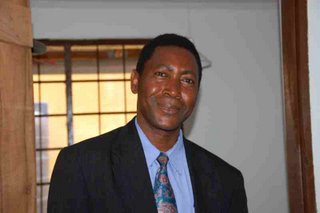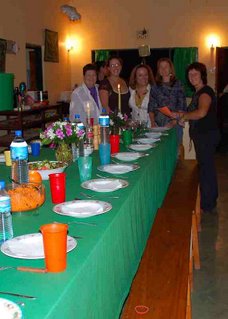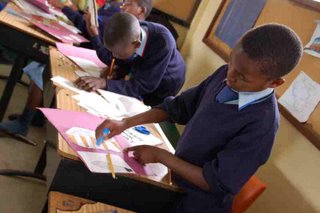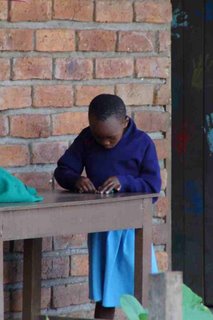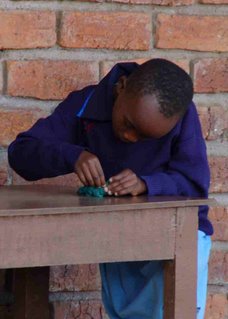Tough Day, Pupil Selection

Beginning in January, the School of St Jude is taking in an additional 150 pupils (thanks to the purchase of new land and building of a new school wing). In preparation for the new term, the school conducts pupil selection sessions every Friday.
Today was the final Friday for pupil selection, so while the numbers today were relatively small - they can have up to 1000 pupils show up on a Friday afternoon for selection - this was the day that all remaining children who had not previously been able to make it through the selection process showed up for one last shot at admittance. And, keep in mind, admittance means everything to these children and their families - a paid education in a progressive school, meals, books, supplies, and uniforms paid for - and a staff that will do just about anything for a St Jude's child who needs help.
Today, I was asked to participate in selecting pupils, and conducted the reading test with pupils who would be in Standards 1 and 2 in the coming year. Selection begins with the lineup, where pupils are arranged by how old they say they are and by height. Then the taller pupils, who experience shows are likely to be lying about their age, are sent home.
Those pupils who are not able to read well are sent to the gate and asked to go home. Today, I sent many children home, most of these pictured here with my colleague Freda.

But some children made it through both the reading and written test, and were asked to return tomorrow with their school records, where they will work to pass through another obstacle to becoming pupils at the school of St. Jude. In the end about five out of two hundred will make it.


